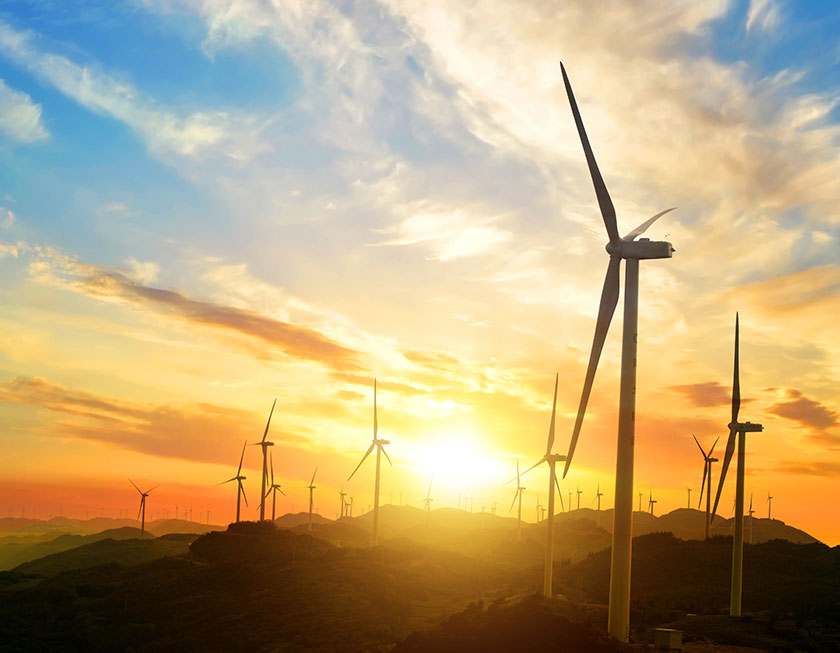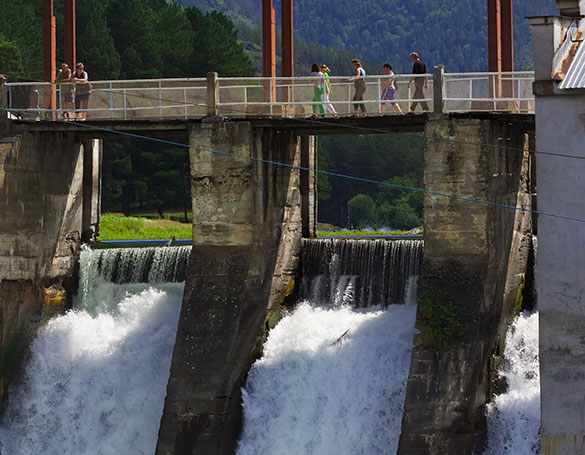
With tremendous success last year, Sri Lanka Institute of Architects is proud to present the 36th Annual edition on the 22nd to 25th of February 2018 at the Bandaranaike Memorial International Conference Hall in a superior manner.

With tremendous success last year, Sri Lanka Institute of Architects is proud to present the 36th Annual edition on the 22nd to 25th of February 2018 at the Bandaranaike Memorial International Conference Hall in a superior manner.

The 23rd Annual General meeting of the National Chamber of Export will be held on the 11th of January 2018 at the Hotel Galadari Colombo from 6.30pm onwards. The NCE meeting is to appoint Office Bearers and Council Members for the year 2018.

As we discussed in a previous article, hydropower is the oldest source of energy that the humans used to generate electricity. The oldest source of energy that they used in day to day life was not hydropower but firewood and other types of biomass. Afterward, they identified wind power as a potential energy source. They used wind power to pump water, to grind grain, to pump salt water from the sea for salt making. In addition, wind power was the sole source of energy for sailors, in navigation.
Wind is simply the flow of air from one region to another. It is often explained in terms of wind speed and direction from which wind blows.
As we know it, the amount of energy absorbed by a given place on the earth is determined by several factors such as the geographical location of the place, and time (Since the earth is revolving about the Sun). The temperature on the earth varies from place to place due to this absorption differential which in turn creates pressure differences in the atmosphere.
Winds are mainly caused by the atmospheric pressure differential. Air flows from the high-pressure areas to low-pressure areas creating winds. The direction of winds is further deflected by the Coriolis force that experienced by the flowing air. (The moving air experiences a force called “Coriolis force” due to the rotation of the earth)
Wind speed and direction depends on several factors such as pressure gradient, local weather conditions, Coriolis force, and friction. However, wind speed is largely determined by the pressure gradient while the direction of the winds is largely influenced by the pressure gradient and Coriolis effect.
Obviously …The root cause of wind is the temperature difference in the atmosphere which caused by the differential solar energy absorption by different locations on the earth.
So, we can conclude that origin of wind power is nothing but solar energy!!!
Wind power is an indirect form of solar energy and a renewable source of energy.
Winds carry a great deal of energy from place to place in the form of kinetic energy of air. This energy can be harnessed in various ways. In this discussion, let us focus only on wind turbines used to generate electricity.
Currently, wind power is largely being used to generate electricity, especially in Europe. China, USA, Germany, India, Canada, France, Spain, and the UK are some of the leading countries which generate electricity from wind power in GW-scale. The cumulative installed wind power capacity has been rapidly growing notably from 2005. This fast growth can be attributed to the increasing demand for energy, increase in oil price, decreasing cost of wind power-based electricity and the global trend towards green concepts.
Wind power is one of the two largest resources of renewable energy (Largest resource is solar energy). However, almost all the energy sources possess some disadvantages, not to mention wind power.
Following chart illustrates the worldwide cumulative installed wind capacity with forecasted data and provides projected information from 2015 to 2050 under three different scenarios namely, new policies, moderate and advanced.

Figure 1: Cumulative installed wind capacity with forecasted data [3]
It can be seen that wind power has provided about 0.5 TW in 2015 which was roughly equal to 3% of the total power consumption in the world. Further, the contribution of wind power to the global power demand would not have exceeded 4.5 TW by 2050, according to the recent estimations [4]. Anyway, even at this capacity, wind power would potentially be able to provide one-seventh of the entire global power demand by 2050 (Global power demand has been forecasted to be 25-30 TW by 2050 [5]) and would have replaced as many as 4500 coal-powered power plants each with a capacity of 1000 MW.
In other words, wind power alone would be able to provide nearly 15% of the world’s energy demand by 2050. It would be a substantial contribution compared to the potential of other renewable energy sources that we discussed in previous articles.

As we all know hydropower is a renewable energy source and thus releases no harmful emission to the environment. Once a hydropower plant has been installed, it generates electricity at a minimal operational and maintenance cost. As such, they offer an extremely low cost per 1 kWh. They have long lifespans of more than 50 years and do not require frequent maintenance.
Hydropower offers many other unique advantages than any other form of renewable energy does. Some of them are as below.
Hydropower offers many benefits as mentioned above, but every story has two sides, hydropower plants come with some negative environmental impacts in some cases.
To conclude, hydropower comes with both pros and cons. But its advantages outweigh almost all of its own drawbacks. Especially, it represents not only a renewable source of energy but also one of the best and probably the most cost-effective tool in the supply-demand management and power quality enhancement. Therefore, increasing grid-connected hydroelectric capacity allows more and more renewable power to be grid-connected.
Simply, hydropower is a decisive factor in renewable energy industry not only as a renewable energy source but also as a tool which promotes other renewable energy sources.
Recent Comments